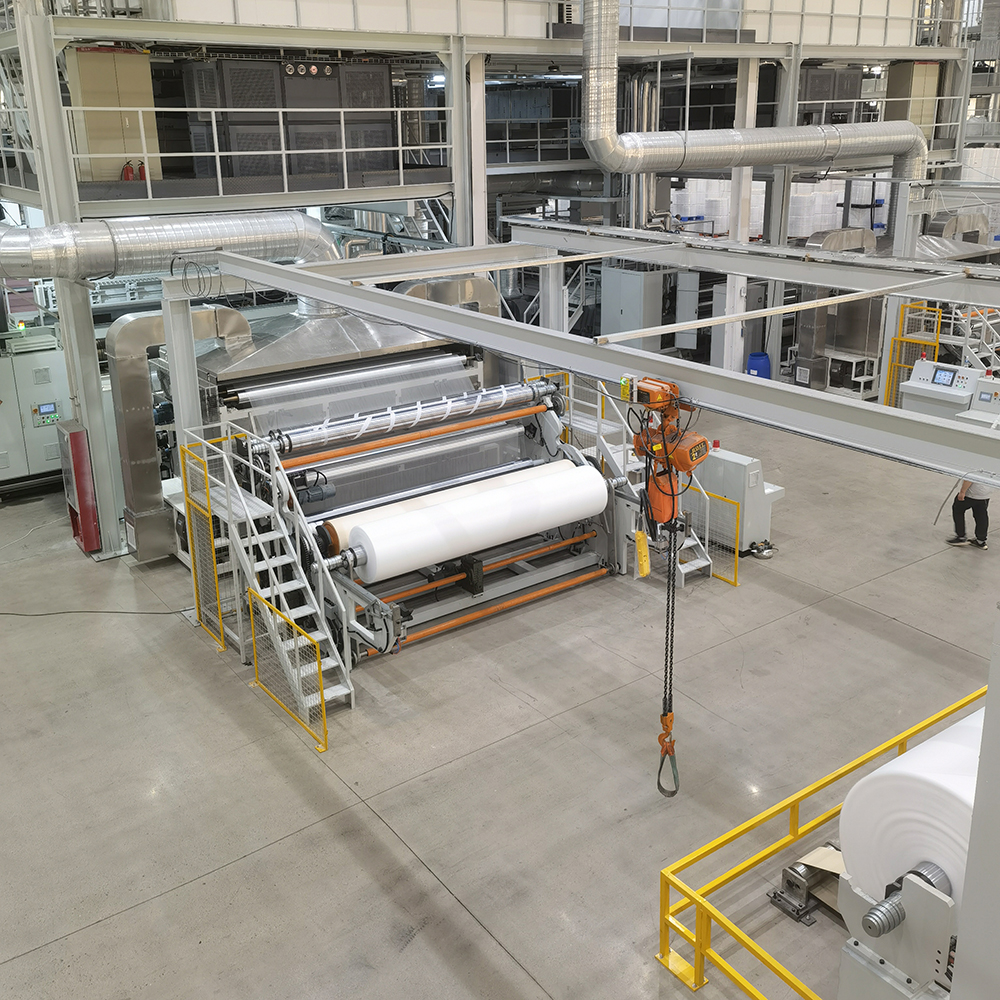Amidst the ever-changing landscape of the manufacturing industry, nonwoven machinery stands as a beacon of innovation, transforming the way we produce textiles and expanding their applications across diverse sectors. Nonwoven fabrics, manufactured using specialized nonwoven machinery, have revolutionized the textile industry by offering unique properties and versatility.
Delving into Nonwoven Machinery

Nonwoven machinery through অ বোনা যন্ত্রপাতি নির্মাতারা, encompasses a range of sophisticated equipment dedicated to the production of nonwoven fabrics. Unlike conventional textiles crafted by weaving or knitting, nonwoven fabrics are created by bonding or interlocking fibers through mechanical, chemical, or thermal processes. Nonwoven machinery encompasses various stages of the production process, from fiber preparation and web formation to web consolidation and finishing. These machines integrate advanced technologies and components to ensure precise control, high-speed production, and consistent quality of nonwoven fabrics.
Essential Components and Cutting-Edge Technologies
Nonwoven machinery comprises several key components and technologies that contribute to the efficient production of nonwoven fabrics. Essential components include fiber opening and blending systems, carding machines, cross-lappers, needle looms, thermal bonding machines, and finishing equipment. Each component plays a specific role, such as opening and blending fibers, forming a web, consolidating the web, and applying finishing treatments.
Advanced technologies, such as computerized control systems, automation, and artificial intelligence, have also made their way into nonwoven machinery. These technologies enhance precision, enable real-time monitoring, and improve operational efficiency, leading to increased productivity and consistent product quality.
Diverse Applications of Nonwoven Fabrics
Nonwoven fabrics have found widespread applications across various industries due to their unique properties and versatility. In the healthcare sector, they are utilized for surgical gowns, মুখোশ, wound dressings, and disposable medical products. The automotive industry employs nonwoven fabrics for interior upholstery, noise insulation, and filtration systems. Construction companies rely on nonwoven fabrics for geotextiles, building insulation, and roofing materials. Nonwoven fabrics also extend their reach into agriculture, filtration, packaging, and hygiene products like diapers and wipes.
The ability to customize nonwoven fabrics by modifying fiber composition, density, and bonding methods allows manufacturers to cater to specific industry requirements and develop innovative solutions.
Advantages of Nonwoven Machinery
Nonwoven machinery offers several advantages over traditional textile production methods. প্রথমত, nonwoven fabrics can be manufactured at high speeds, resulting in increased productivity and reduced production costs. The flexibility of nonwoven machinery enables rapid product changeovers and customization, allowing manufacturers to respond swiftly to market demands. Additionally, nonwoven fabrics can be produced in various thicknesses, densities, and textures, providing a broad spectrum of options for different applications.
Nonwoven machinery also promotes sustainability by minimizing material waste. The production process of nonwoven fabrics generates less scrap compared to traditional textiles, and recycled fibers can be integrated into the manufacturing process, further reducing environmental impact.
Future Trends and Innovations
The nonwoven machinery industry is continuously evolving, propelled by technological advancements and market demands. Future trends include the integration of smart sensors for real-time process monitoring, the development of eco-friendly and biodegradable nonwoven fabrics, and the exploration of nanotechnology for enhanced functionality and performance.
As the nonwoven machinery industry continues to innovate and expand, it will undoubtedly play an increasingly pivotal role in shaping the future of textile manufacturing and unlocking new possibilities for diverse industries.
